Content
Cherry varieties are divided into technical, table and universal. It is noteworthy that cultivars with large, sweet berries grow well in the south, while northerners have to be content with small and sour ones. The climate of most of Russia is moderate or cold, so entire scientific institutes are working on adaptation and breeding of frost-resistant varieties. Dessert Morozova cherry today is one of the sweetest, growing in a temperate continental climate.
History of selection
Federal Scientific Center named after. Michurina submitted an application for inclusion of the Dessert Morozova cherry variety in the State Register in 1987. It was granted in 1997. The variety was created by T.V. Morozova, but it’s difficult to say from which cherry it came. The state register, presented by the Federal State Budgetary Institution "State Varietal Commission", claims that this is a mutagen obtained from Griot Ostheimsky.FGNBU VNIISPK names Vladimirskaya cherry as the initial variety used in the creation of Dessertnaya Morozova.
Both sources agree that the cultivar was obtained after a targeted mutation. The Griot Ostheim variety is an old Spanish variety, described at the end of the 18th century. Vladimir cherries are believed to have been grown in Russia since the 16th century. Both varieties are griots.
Description of culture
The height of the Dessert Morozova cherry tree can reach 3 m. The crown is spreading, oval, and sparse. Straight branches become bare with age. On the trunk and old branches the bark is light brown. The tree grows intensively.
Large cherry buds are strongly deviated from the shoots. Large matte leaves are light green, obovate, with a jagged edge. The petiole is of medium thickness and length, with anthocyanin color throughout.
The flowers are large and white. Early ripening berries are large, round, weighing up to 3.7 g (with good agricultural technology - 4.7 g). The ventral suture is almost invisible, and there is a small depression at the apex. Like other griots, the fruit, pulp and juice are dark red. The berry is soft, juicy, tender, medium-sized seed. It contains a lot of sugar and little acid, the taste rating is 4.6 points. Fruiting occurs on annual growth.
The variety is recommended for cultivation in the Central Black Earth region.
Brief characteristics of the variety
If you want to plant sweet cherries in the garden that children and adults will be happy to eat fresh, the Dessert Morozovaya variety is perfect.
Drought resistance, winter hardiness
Dessert Morozova cherry has average resistance to drought - in hot summers it needs watering 1-2 times a month. In the Central Black Earth region it winters without shelter and withstands frosts well. For more northern regions, other varieties should be chosen. Dessert Morozova blooms early and will definitely fall under return frosts, even if the tree is covered.
Pollination, flowering period and ripening time
The Dessertnaya Morozovaya variety is one of the earliest. It is one of the first to bloom and bear fruit. The harvest of Dessertnaya Morozova cherries in Michurinsk, where the variety was tested, begins in the second ten days of June.
The following can be used as pollinators:
- Student;
- Vladimirskaya;
- Griot of Ostheim;
- Griot Rossoshansky.
The Dessertnaya Morozovaya variety is partially self-fertile and can produce a harvest without other cherries, although it will be 7-20% of the possible yield.
Productivity, fruiting
3-4 years after planting in the garden, the variety begins to bear fruit. Control trees produced 50-70 centners per hectare. This is 10 quintals more than the yield of Lyubskaya, which is considered one of the most prolific.
One-dimensional berries are formed on annual growth, so the variety needs pruning to stimulate the formation of young shoots. Fruiting is annual. The berries come off the stem cleanly, despite the tender pulp, and are well transported.
Area of application of berries
Dessert Morozova is a table variety. The berries have an excellent dessert taste: sweet, juicy, with barely noticeable sourness.They are usually eaten fresh; jams and drinks tend to taste a little flat.
Resistance to diseases and pests
Pests affect Dessert Morozova in the same way as other varieties. Cherry resistance to coccomycosis is high, but only if there are no infected trees nearby. During testing, a seedling of this variety was placed in a garden infected with a fungus. As a result, resistance to coccomycosis dropped to medium.
Advantages and disadvantages
In a temperate continental climate, the Dessert Morozovaya variety is one of the best. It is not suitable for cold regions - flowering begins very early, even if the buds do not freeze in winter, return frosts will “catch up” with them. The undoubted advantages of the variety include:
- Early ripening of berries.
- Regular fruiting.
- Dessert taste.
- One-dimensionality of fruits.
- Good disease resistance.
- Easy to harvest.
- Good transportability of berries.
- High yield.
- Partial self-fertility.
Among the disadvantages it should be noted:
- In a heavily infected garden, resistance to coccomycosis is reduced.
- Insufficient winter hardiness.
- Exposing old branches.
- Average resistance to drought.
- Griots act as the best pollinators. All of them are table varieties, like Dessert Morozova. For a small garden, where it is not possible to plant a third cherry, this is bad, you need at least one tree with industrial or universal-purpose berries for making juices and jam.
Landing Features
With proper care and planting in the recommended region, the variety will show its best side.
Recommended timing and selection of a suitable location
In the Central Black Earth region, this variety should be planted in the spring, as soon as the soil allows. All work must be completed before the buds open. It is better to prepare the planting hole in the fall.
Cherry is placed on the south side of buildings or a fence, in the west of hills with a slight slope. The groundwater level must be greater than 2 m from the soil surface. The soil must have a neutral reaction and contain a large amount of organic matter.
What crops can and cannot be planted next to cherries?
The best neighbors for cherries are related pollinating varieties, so the harvest will be larger. Of course, they should not shade each other, and a distance of about 3 m between trees should be maintained to reduce the likelihood of cross-contamination with fungal diseases.
Cherries grow well next to other stone fruits and grapes. Oak, maple, birch and linden emit substances that inhibit the fruit tree. Falling conifer needles acidify the soil, which is unacceptable for cherries.
Sea buckthorn, blackberry or raspberry, which form many shoots, take away moisture and nutrients. Black currants and cherries are generally irreconcilable antagonists; growing nearby will be bad and they may even die.
For the first 2-3 years, the tree trunk circle needs to be kept clean, loosened and removed weeds. Once the cherry tree is established, the root can be covered with shade-tolerant ground covers that grow in your area, such as periwinkle or tenacious.
Selection and preparation of planting material
Of course, it’s better to go to the nursery and see that the cherries are dug up before your eyes. But such an opportunity does not always present itself.Buy planting material in large garden centers, so it is more likely that it will be of high quality and match the variety.
The seedlings that take root best are:
- annuals about 80 cm high;
- two-year-olds up to 110 cm.
The root should be well developed and the wood should be light brown. A one and a half meter tree with a greenish stem is unlikely to survive the winter (if it survives until the end of the growing season) - it was too diligently “fed” with nitrogen or stimulants.
Landing algorithm
A correctly chosen planting site does not guarantee that the cherry will take root well if the soil in your area is unsuitable. The acidic reaction is neutralized with lime or dolomite flour, and sand is added to the dense mixture. Cherry loves humus; it is added to each planting hole, mixed with the top layer of soil. Superphosphate and potassium salt (50 g each) are used as starting fertilizer.
It is better to prepare the planting hole in the fall. Its depth should be about 40-60 cm, diameter - approximately 80 cm. Planting sequence:
- Secure a strong peg to the bottom, slightly to the side of the center.
- Place the cherry in the middle, gradually fill it with the fertile mixture, compacting the soil as the hole is filled. The root collar should be 5-8 cm above the surface.
- Make a border around the tree trunk from the remaining soil.
- Tie the seedling to a stake.
- Pour 2-3 buckets of water over the cherries.
- Mulch the tree trunk circle (preferably with humus).
Subsequent care of the crop
During the first growing season, you need to water the seedling well, and when the soil dries, loosen it. This will allow more air to reach the roots. Cherries that have taken root and have begun to bear fruit are watered only if there is no rain for a long time. In dry, hot weather, this is done 1-2 times a month.
Cherries love nitrogen and potassium; they need phosphorus in small quantities. It is preferable to mulch the tree trunk circle with cow or horse manure in the fall, adding a liter jar of ash. If you use mineral fertilizers, apply nitrogen in the spring, and potassium and phosphorus in the fall.
Fruiting of the Dessertnaya Morozovaya variety is stimulated by pruning. To do this, branches older than 2 years are shortened.
Sanitary pruning of the Dessert Morozova cherry is also needed. Photos of an old cherry tree, whose branches grew as they had to, show that they become bare with age without proper care.
In the southern regions and regions recommended for growing the variety, cherries do not need to be covered for the winter. The stem is wrapped in straw, burlap or spruce branches to protect it from hares and other hungry rodents.
Diseases and pests, methods of control and prevention
The Dessertnaya Morozovaya variety has high resistance to coccomycosis, which decreases when infected trees are located close together. So for this cherry, prevention of fungal diseases is very important.
Problem | External signs | Treatment | Preventive measures |
| Cherry diseases |
|
|
Coccomycosis | Dark spots appear on the leaf blade, then holes form in their place. In summer, diseased vegetative organs of cherries fall off | Treatment with copper-containing preparations along the green cone. After the leaves fall off - iron sulfate | Preventative treatments are carried out in spring and autumn. Fallen leaves are removed from the area. Pruning is carried out in a timely manner. They do not thicken the plantings. |
Moliniosis | The tree appears to have suffered from high temperatures.Following the withering of cherry blossoms and leaves, entire branches dry out | Infected branches are cut out, capturing part of the healthy tissue. The wound surface is covered with garden varnish. The tree is sprayed twice with copper-containing fungicides at an interval of 2 weeks. | |
| Cherry pests |
|
|
Aphid | Small black or green winged insects suck out cell juice from young cherry shoots and leaves. Places where pests accumulate become sticky | If there are a small number of aphids, the cherries are treated with a soap solution. In case of severe damage - a drug with the active ingredient bifenthrin | Fighting ants |
Cherry sawfly | Dark larvae covered with mucus secretions chew holes on cherry leaves | Treat the cherry with Aktelik or other suitable insecticide | Do not thicken cherry plantings, carry out preventive spraying, attract birds to the garden |
The table variety Dessertnaya Morozova is one of the best griots. For early cherries, its berries are very tasty. The variety showed itself best when grown in the recommended region - the Central Black Earth.
Reviews
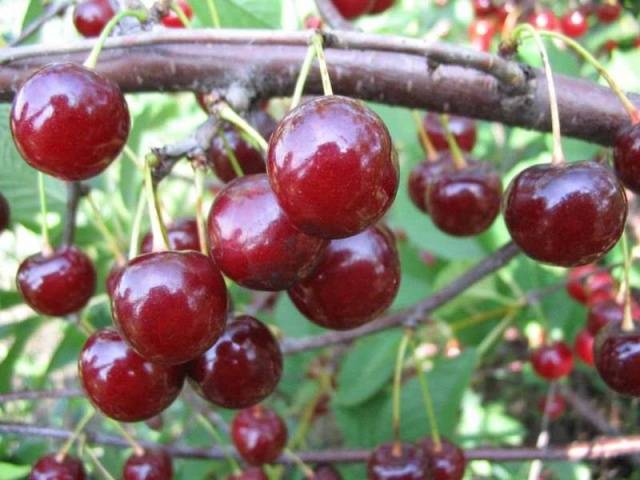
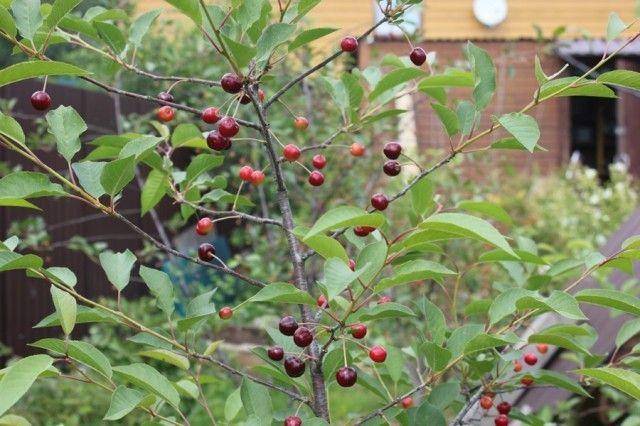



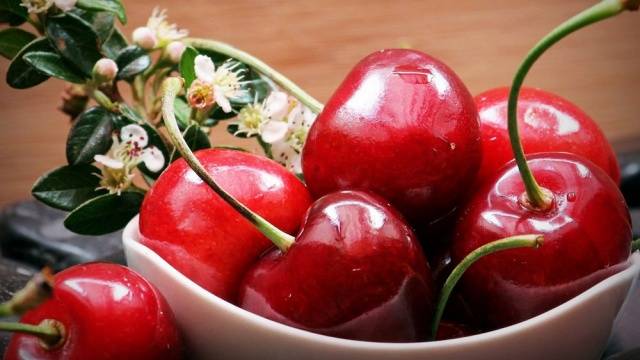


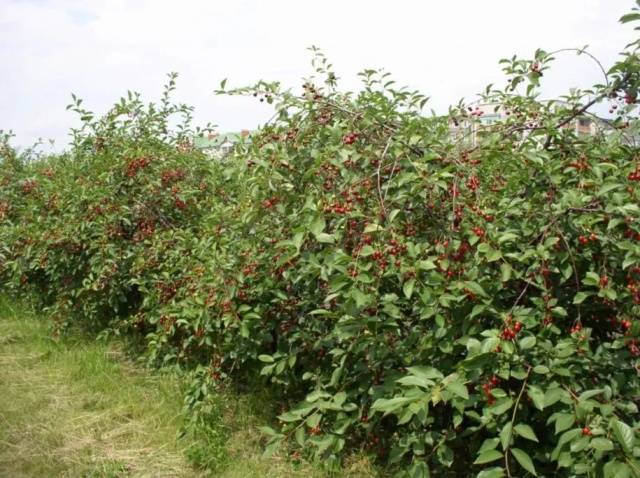

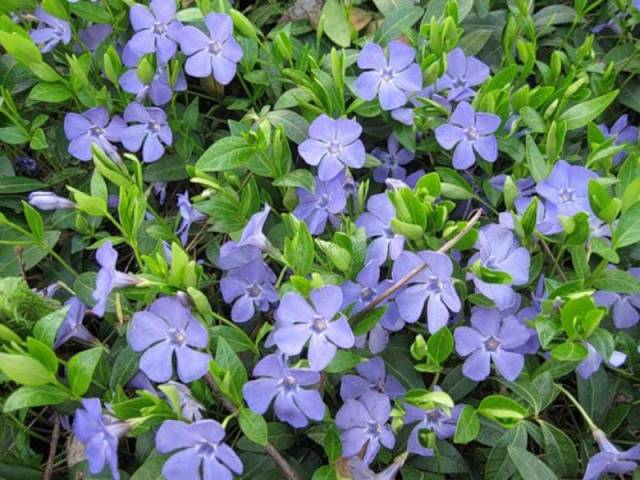
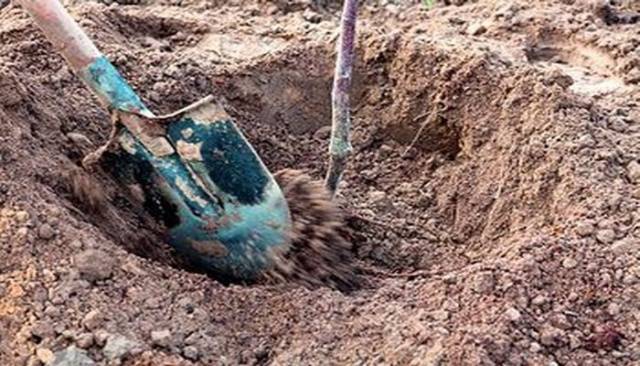
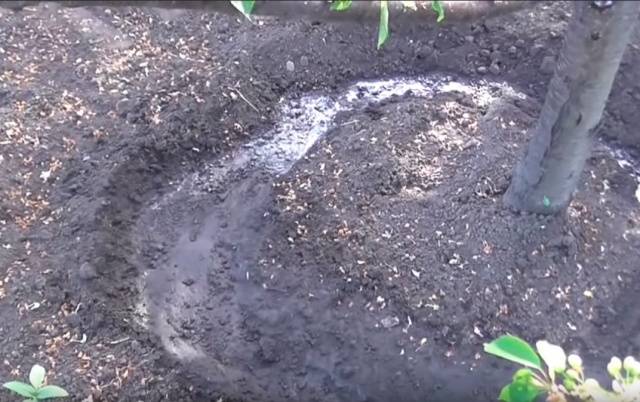
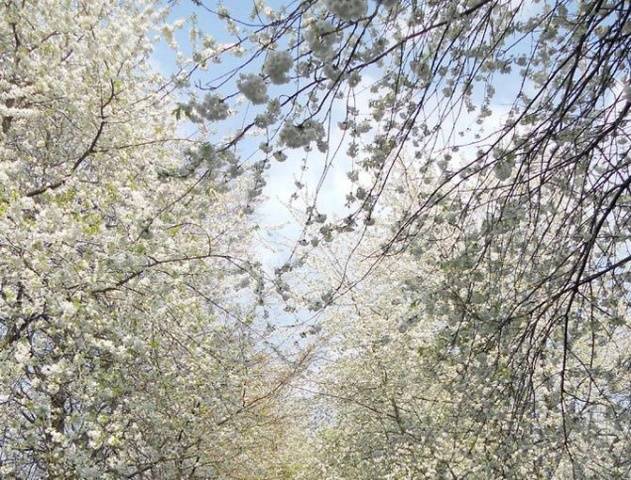
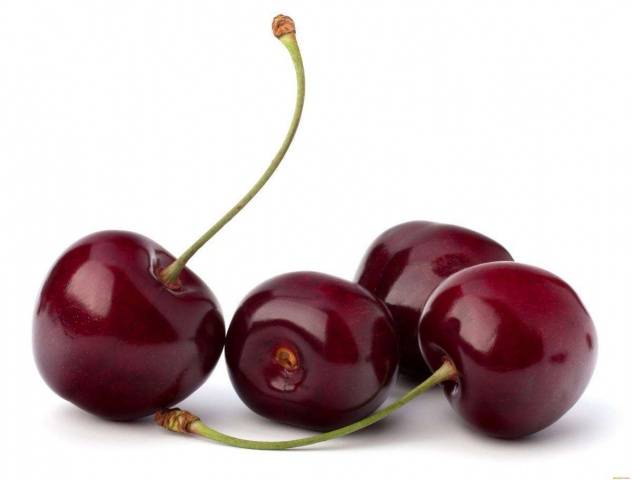
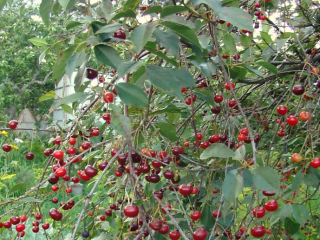
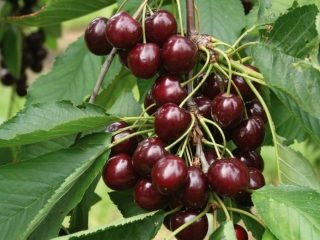
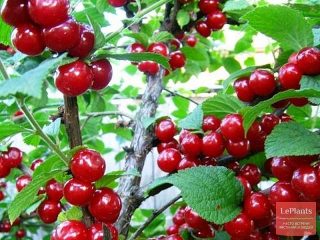
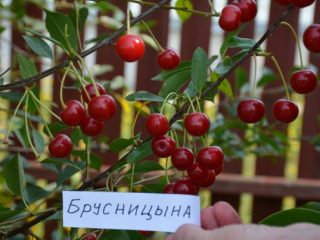
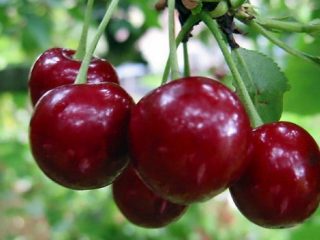
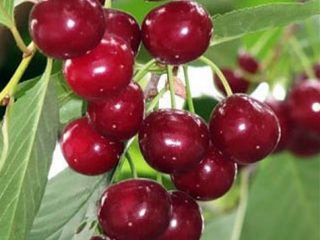
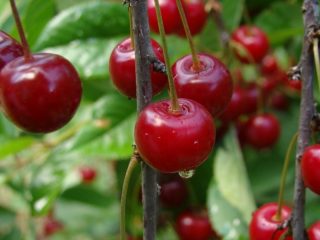
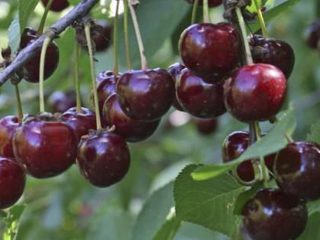
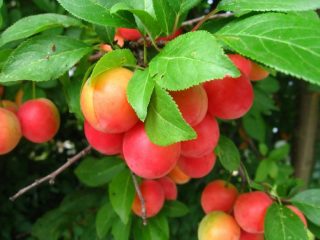
What frosts can this variety withstand without dying?